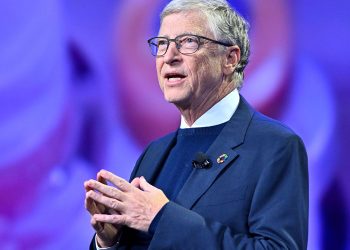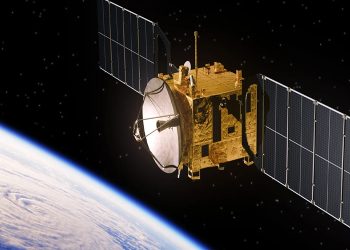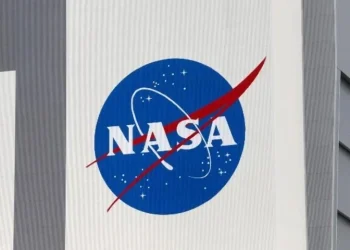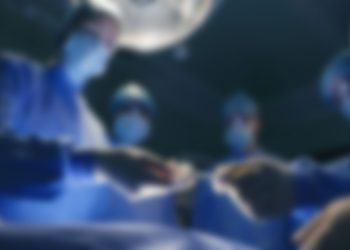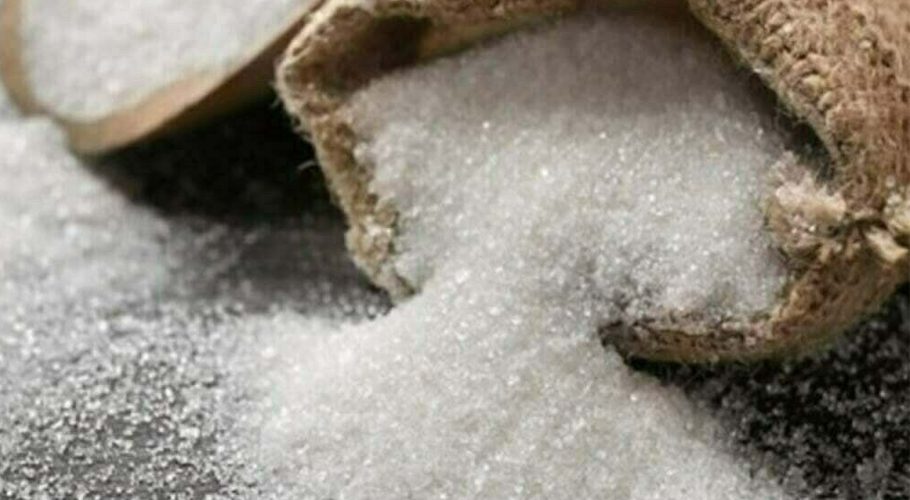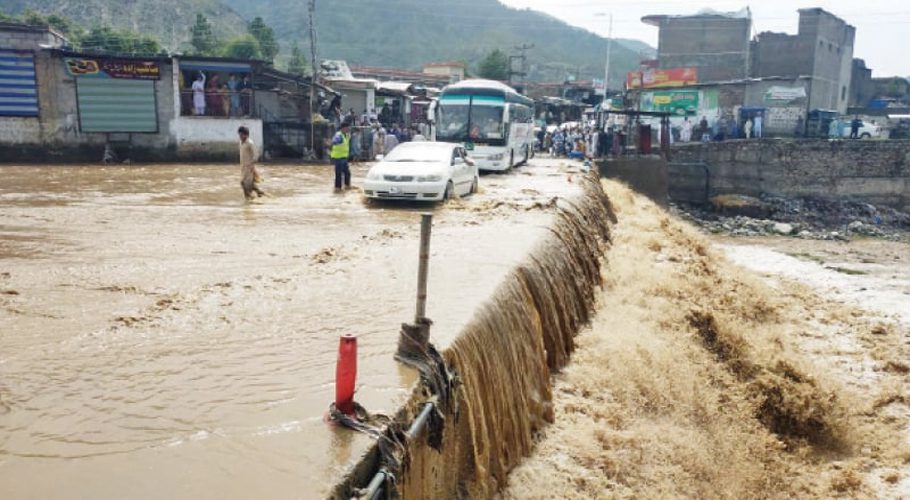MELBOURNE: Japan has retrieved a space probe from Australia’s remote outback after a six-year mission that may help reveal more about the origins of the planets.
A small capsule from the unmanned Hayabusa2, carrying the first extensive samples of dust from an asteroid, was flown by helicopter from the outback to a domestic research facility of the Japan Aerospace Exploration Agency (JAXA).
“This is great,” Yuichi Tsuda, a project manager for the agency, told a Japanese broadcaster. “It was a beautiful re-entry. We are all very moved by this.” Many spectators gathered at a theatre in Tokyo to view the return clapped and waved banners with one woman in tears. They wore masks and maintained a distance from each other in precautions against the coronavirus.
The samples were snagged millions of miles from Earth by Japan’s Hayabusa2 mission, which studied the 3,000-foot-wide (900 meters) Ryugu up close from June 2018 to November 2019. The spacecraft’s mission seeks to answer some fundamental questions about the origins of the solar system and where molecules like water came from.
READ MORE: SpaceX launches second crew of astronauts into space
The spacecraft, launched from Japan’s Tanegashima space centre in 2014, took four years to reach the asteroid Ryugu before gathering a sample and heading back to Earth in November 2019.
Asteroids are believed to have formed at the dawn of the solar system, and scientists say the sample may contain organic matter that could have contributed to life on Earth.
“What we are really doing here is trying to sample this pristine rock that has not been irradiated by the sun,” astrophysicist Lisa Harvey-Smith told Australian media. Gases trapped in the rock samples could reveal more about conditions that prevailed about 4.6 billion years ago, she added.
Japan’s space probe orbited above the asteroid for a few months to map its surface before landing. Then it used small explosives to blast a crater and collected the resulting debris.
The capsule lit up as it reentered the earth’s atmosphere early on Sunday and landed in the Woomera restricted area, about 460 kilometres north of Adelaide, to be retrieved by scientists and brought to a research station. “The helicopter carrying the capsule arrived at local headquarters and the capsule was brought inside the building,” the space agency said on Twitter.











